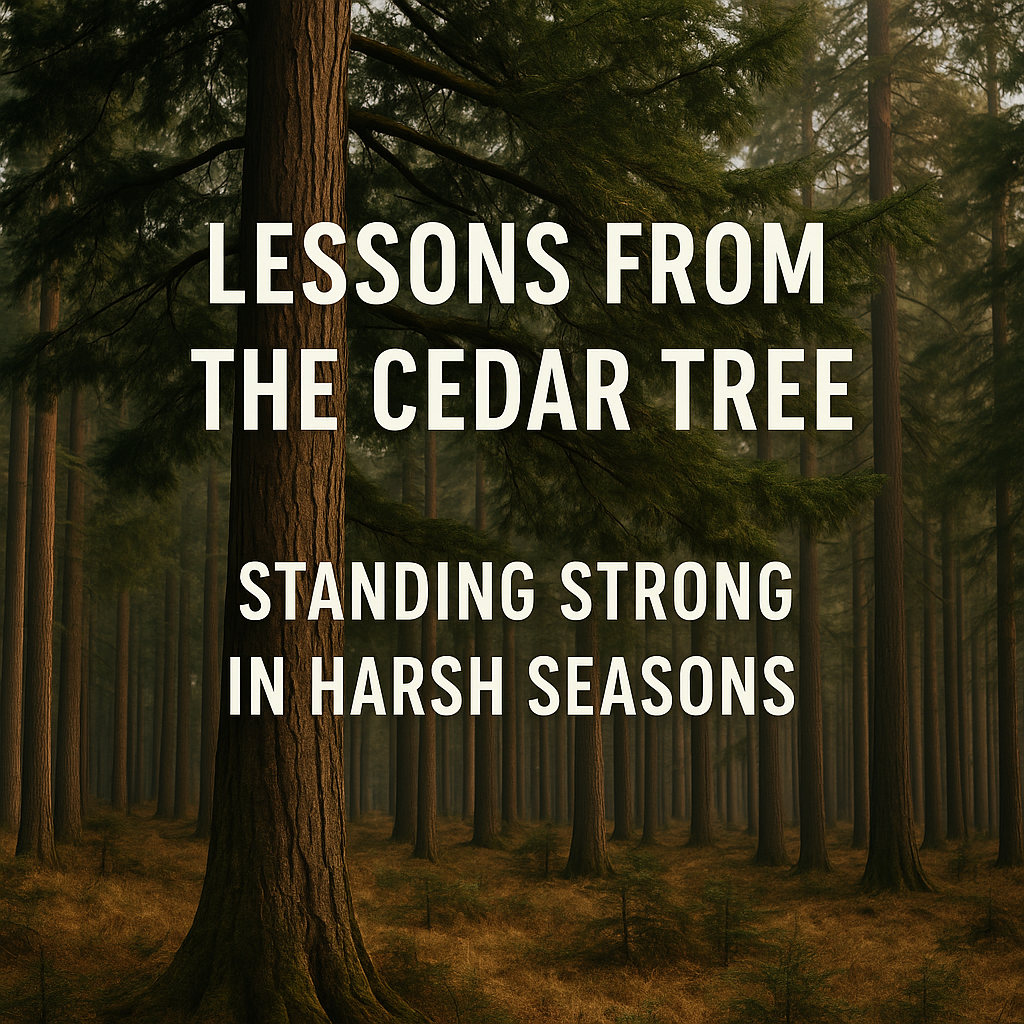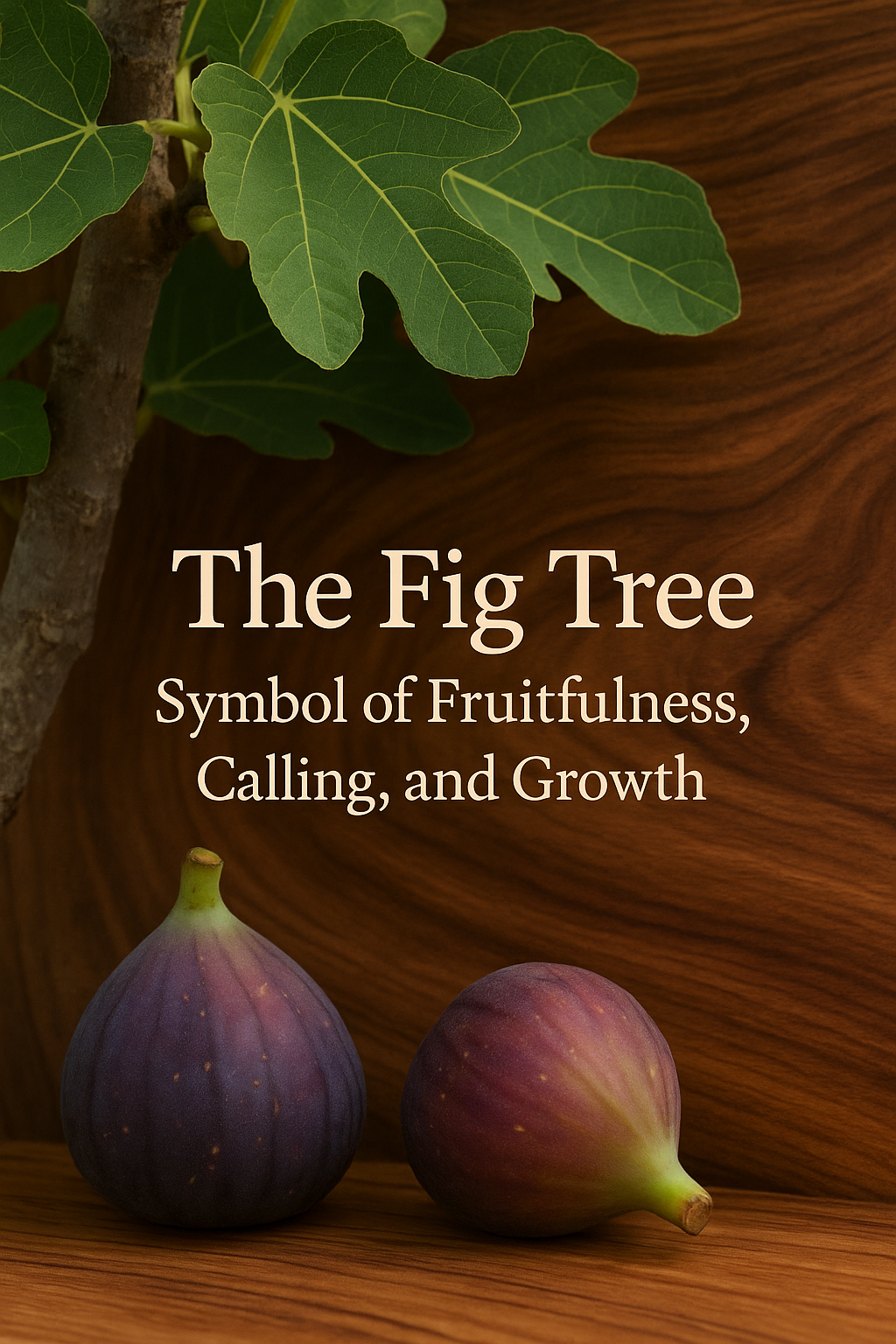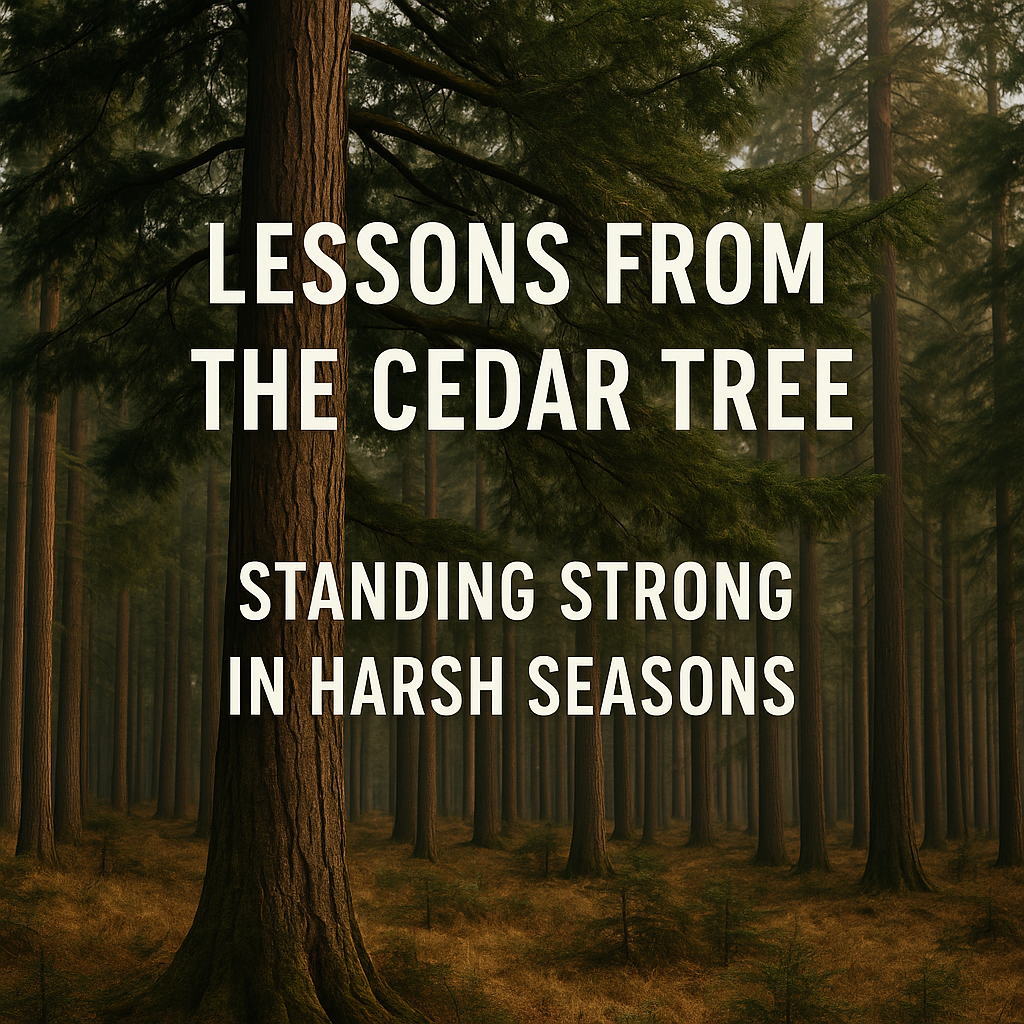There’s a reason the cedar tree shows up so often in Scripture, in ancient architecture, and even in the imaginations of craftsmen like us who shape wood into something meaningful. Cedars aren’t just beautiful—they’re built for the long haul. They grow tall, stand straight, and stay fragrant and strong through conditions that would break lesser trees.
And if you’ve lived long enough, you know that life hands us “cedar seasons”—times when storms blow, winds shake, and we are forced to decide what we’ll be made of. Cedars offer more than wood; they offer wisdom. If you know how they grow, you understand why God used them as symbols of strength, royalty, integrity, and endurance.
Here are some of the richest lessons the cedar tree teaches us—lessons that translate straight into our homes, our work, our faith, and our families.
1. Cedars Grow Slowly—but They Last
Cedars don’t rush. They aren’t fast-growing “flashy” trees that shoot up and break at the first winter storm. They take their time, layer after layer, year after year.
In a world that worships speed—speed of success, speed of growth, speed of recognition—cedars remind us that the things that last are almost always built slowly.
A business built with integrity grows like a cedar.
A marriage built with intentionality grows like a cedar.
A faith built on daily consistency grows like a cedar.
Slow. Steady. Rooted.
And when the storms come, you can always tell who chose cedar growth instead of cottonwood growth.
2. Cedars Stand in Harsh Environments
Some of the strongest cedars grow on mountainsides where the conditions are brutal—thin soil, sharp winds, long winters. Their strength isn’t despite the harsh seasons; it’s because of them.
You don’t gain deep strength in easy places.
Some of the hardest chapters of your life—the ones you didn’t ask for, didn’t want, and would never repeat—have been the very seasons that carved out the resilience you now carry.
Just like the cedar, harsh seasons don’t ruin you.
They root you.
They deepen you.
They anchor you in ways comfort never could.
3. Cedars Are Known for Their Fragrance
Walk through a cedar grove, and you smell it instantly—clean, strong, unmistakable. Even long after the tree is cut, the wood still carries its fragrance.
That’s legacy.
The cedar teaches us that what we carry inside us eventually gets released around us. Your attitude, your integrity, your spiritual life—all of it becomes a fragrance that lingers in your home, your business, your friendships, and your family.
When your life “leaves the room,” what fragrance remains?
This is why the cedar was used to build temples, palaces, and sacred places—it brought a sense of purity and presence that didn’t fade.
4. Cedars Resist Rot and Insects
Unlike many trees, cedar is naturally resistant to decay. Harsh weather doesn’t break it down, and insects avoid it. It’s built with an inner strength that protects it from things that destroy others.
People with strong inner convictions—those who know who they are, what they believe, and Who they belong to—carry that same protection. Temptation doesn’t get the same foothold. Compromise isn’t as appealing. Destructive influences don’t bite as easily.
When you know your values, your calling, and your mission, you become like the cedar: solid, protected, and built to endure.
5. Cedars Shelter Others
A mature cedar creates shade beneath its broad branches, providing shelter from harsh sunlight and protection from storms.
True strength doesn’t exist for itself.
It exists to cover others.
Your family rests in your stability.
Your friends draw life from your encouragement.
Your community benefits from your generosity and example.
Your children flourish under your consistency.
The cedar teaches us that strength isn’t only about standing tall—it’s about creating a place of rest for others.
6. Cedars Root Deep Before They Reach High
Cedars dig deep root systems long before they shoot up toward the sky. Their height is only possible because their roots came first.
It’s the same in life.
Public success without private integrity eventually collapses.
Visible accomplishments without invisible discipline don’t last.
A tall tree with shallow roots can look impressive—right up until the first strong wind.
The cedar reminds us:
Don't grow taller than your roots can hold.
7. Cedars Remind Us That Strength Is Quiet
Cedars don’t thrash around in the wind like weaker trees. They don’t creak and groan as loudly. Their strength is quiet, steady, and unbothered.
Our culture often mistakes noise for importance. But real strength doesn’t scream. It doesn’t demand attention. It doesn’t need applause.
Strength is in the man who wakes up and does the right thing every day.
Strength is in the woman who keeps her commitments even when unseen.
Strength is in the person who walks steadily with God through seasons of silence.
Quiet strength is the cedar’s specialty.
Conclusion: Become Like the Cedar
The cedar tree stands as a timeless symbol—strong in storms, fragrant in spirit, rooted in truth, steady through seasons, and resilient against decay. It teaches us that the most meaningful growth rarely happens overnight, and that the strongest people are often shaped in rugged conditions.
If life has handed you a difficult season…
If you’re building something that feels slow…
If you’re carrying more than people see…
Stand like the cedar.
Grow like the cedar.
Root like the cedar.
Harsh seasons don’t have the final word.
Strength does.
And just like the cedar of Scripture, your story can become something lasting—something that shelters, inspires, and stands strong for generations.






Leave a comment
This site is protected by hCaptcha and the hCaptcha Privacy Policy and Terms of Service apply.